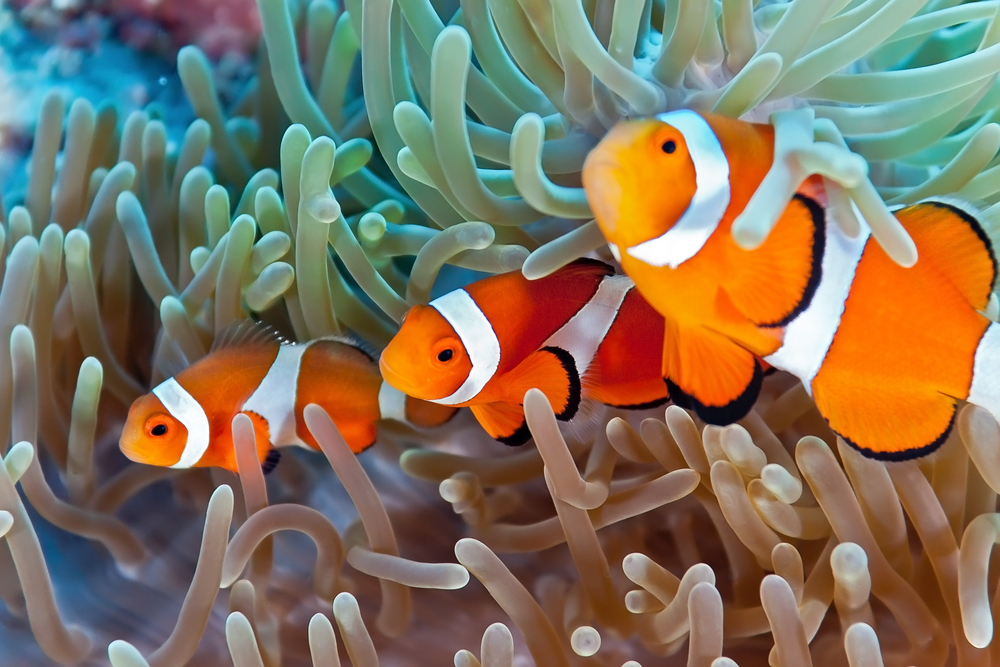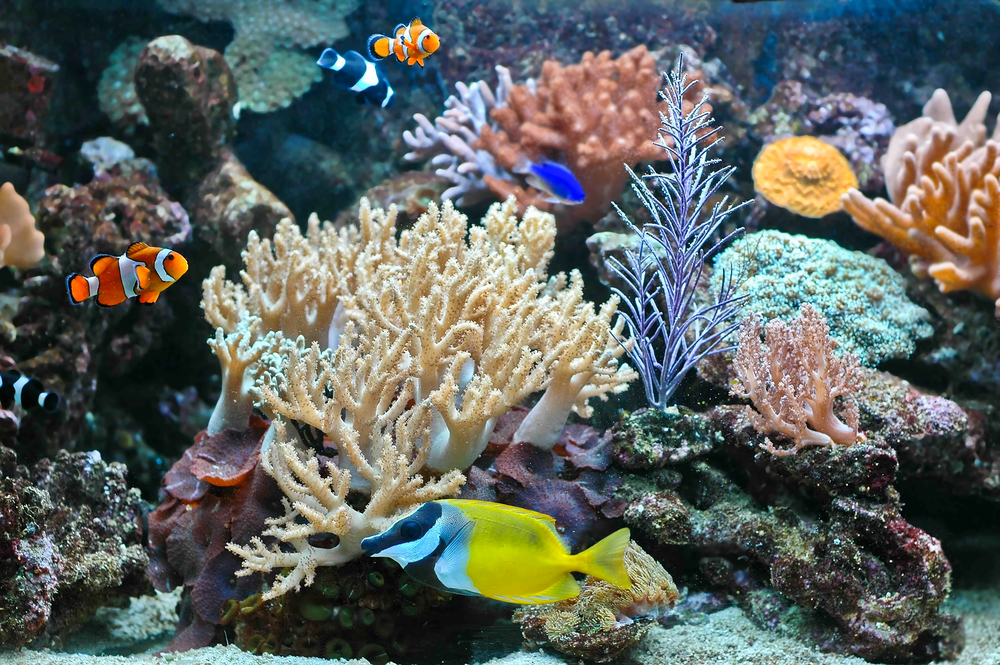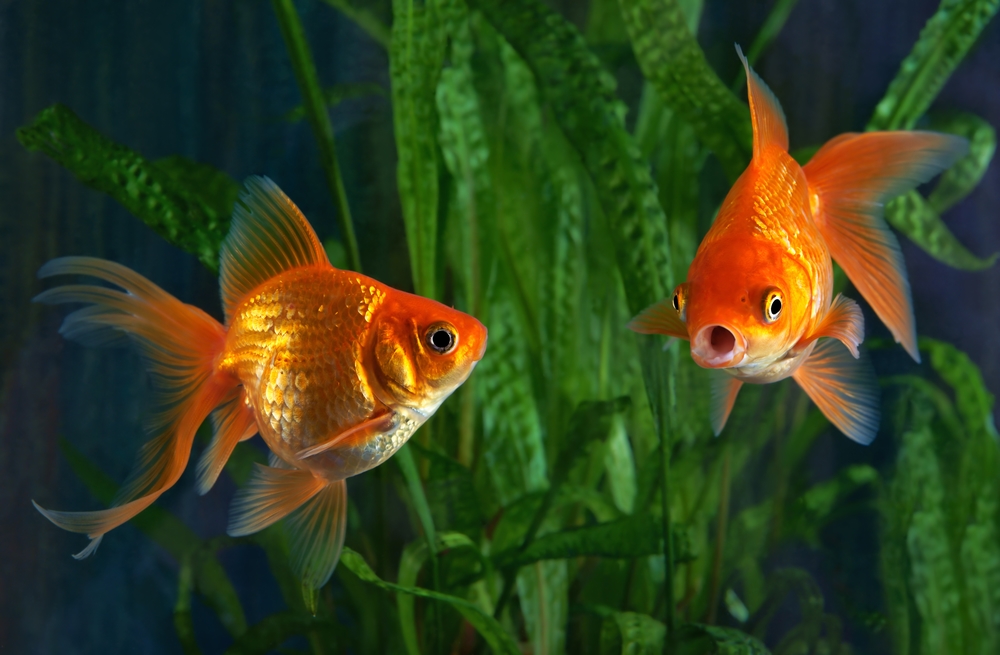Water changing varies, depending upon your aquarium type – whether it is coldwater, marine or tropical. It also varies according to what you use – either purified or tap. Water change is an important aspect of fish keeping. Keep in mind that dilution is the largest form of filtration in nature as waste materials are spread out by the immenseness of the body of water. Moreover, even top-quality filters cannot remove nitrates or substitute essential fish tank minerals.
It is recommended to replace on a weekly basis approximately 25 percent of the aquarium water, for nitrates to be kept low. If tap water is used for the change, make sure that the mineral content and pH level are suitable for your fish. Also, check if the tap water’s nitrate level is sufficiently low. If the nitrate’s reading marks at 40 parts per million (ppm) or more, it could possibly contribute to the tank’s nitrate level. Thus, you must look for other water sources or purifiers. If you are uncertain about your local tap water’s suitability, you may contact your local authority.
Clean syphon tubes and buckets must also be kept for water changes. They also must not be used for other purposes. Large containers to be used as storage must also be from food-grade plastic since other kinds can cause the fish to die due to chemical leaching. To prevent algal bloom formations, stored water must be kept in the dark. Its freshness must also be retained by running an air stone into it. If reverse osmosis water is employed, an air stone set up within it can keep the pH stability. If left without aeration for an extended period, water can become acidic.













